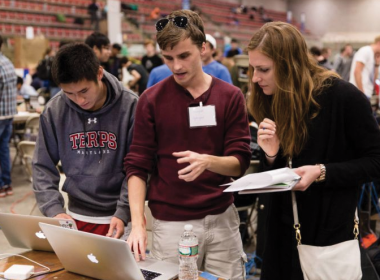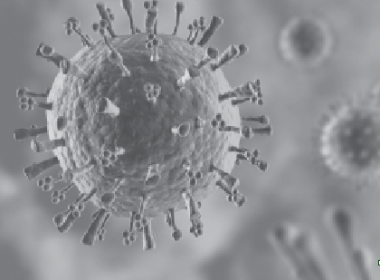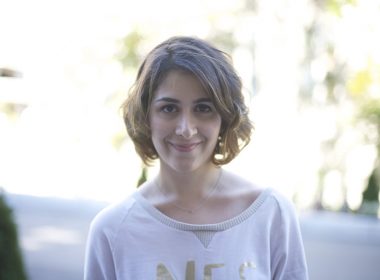When does add/drop end? When will the finals schedule be released? These are all questions many McGill students struggle to find the answer to online, and that is where WildCard comes in. Tom Zheng and Randeep Singh started WildCard with a simple concept in 2011. According to Zheng, “It started[Read More…]
Science & Technology
The latest in science and technology.
McGill alumni foster budding entrepreneurs on campus
It started with an email and ended with a company. For two McGill alumni, Brian Luong and Sepand Norouzi, the Next 36 program was the perfect opportunity to kick-start their entrepreneurial careers. Founded in 2010, the Next 36 is an entrepreneurial and leadership program that helps develop Canada’s 36 most[Read More…]
Ask Scitech
Perhaps the easiest lie to detect is when someone says they have never lied. From social fibs, in which a person lies in order to protect someone else’s feelings or to benefit others, to self-enhancement fibs, in which a person lies to save face or avoid consequences. In a nutshell,[Read More…]
McGill Hackers battle it out in 30-hour MIT ‘hack-a-thon’
Thirty hours, more than 1,000 hackers and over $10,000 in prizes—this was HackMIT. Hosted by the Massachusetts Institute of Technology (MIT) in the picturesque town of Cambridge, Massachusetts, HackMIT brought programmers from every level to participate in a ‘hack-a-thon.’ The purpose of the event was to create a product or[Read More…]
Midterm season app reviews
Study Blue StudyBlue is one of several flashcard apps available online and for iPhone and Android. The app allows you to make digital flashcards and flip through them while keeping track of your progress. You can also share flashcards with peers. Each flashcard can contain text and pictures, and the[Read More…]
Science from science fiction: Star Wars
From the moment it was first ignited in an old hermit’s home in the middle of Tatooine, the lightsaber captured the imagination of moviegoers. The steady humming of a blue blade of plasma bouncing off its scarlet counterpart has made generations of fans all over the world want one of[Read More…]
Ask Scitech: Can we rust to death?
Clad in a red iron power suit, this American superhero is known for defending the world with the Avengers. However, Iron Man’s plates of armor proved more than just a military weapon; they also saved his life and allowed him to escape captivity to become the superhero he is today.[Read More…]
The PREDICT program: an effort to fight newly emerging disease
SARS, HIV/AIDS, H1N1, and West Nile: these diseases are not just notorious for their human and economic impact; they also share a common trait. All four of these diseases are derived from animals, and they’re only a few of many. According to the Centers for Disease Control and Prevention (CDC),[Read More…]
Research brief: Computer game aids DNA research
Thanks to the work of McGill professors Jérôme Waldispühl and Mathieu Blanchette, anyone with access to the Internet can contribute to current research in molecular biology. The duo designed a computer game known as Phylo, aimed at harnessing the problem solving abilities of humans to decipher the multiple sequence alignment[Read More…]
Getting a nose into research: interview with Maral Saghaei
Known for its excellence in research, McGill University is home to a host of professors and scientists known for their prestigious work and contributions to scientific innovation. In tribute to the amazing research conducted within McGill’s walls, SciTech will feature each month student researchers who have helped contribute to the cutting edge science conducted at the laboratories. This series hopes to shine a spotlight onto the hard work of undergraduate students who dedicate themselves to research in the lab.








